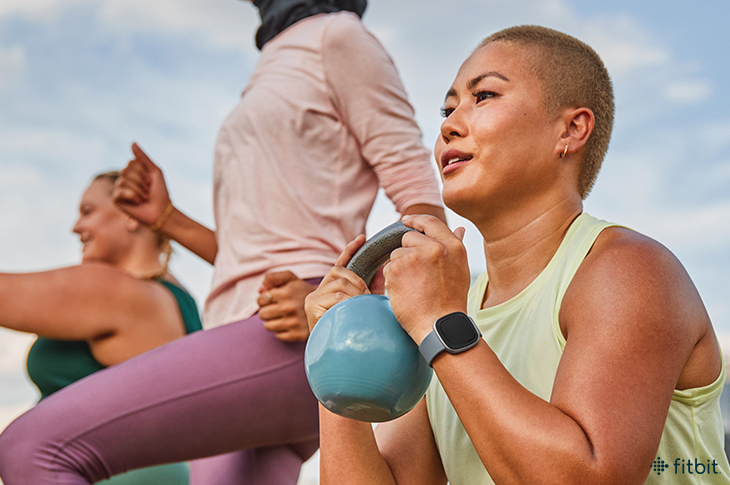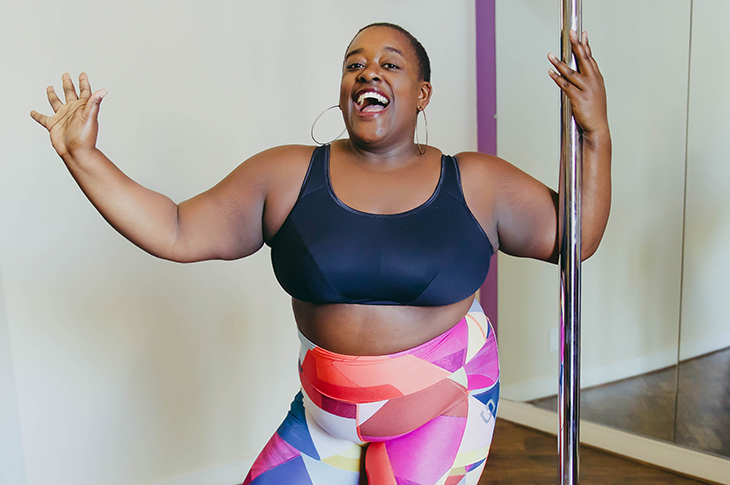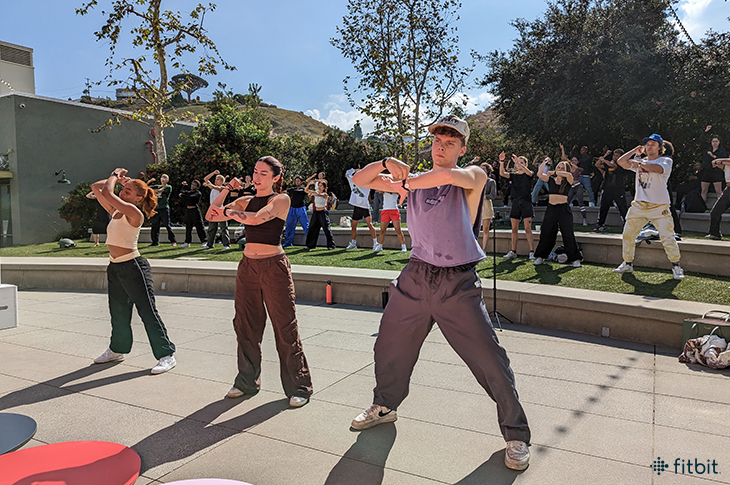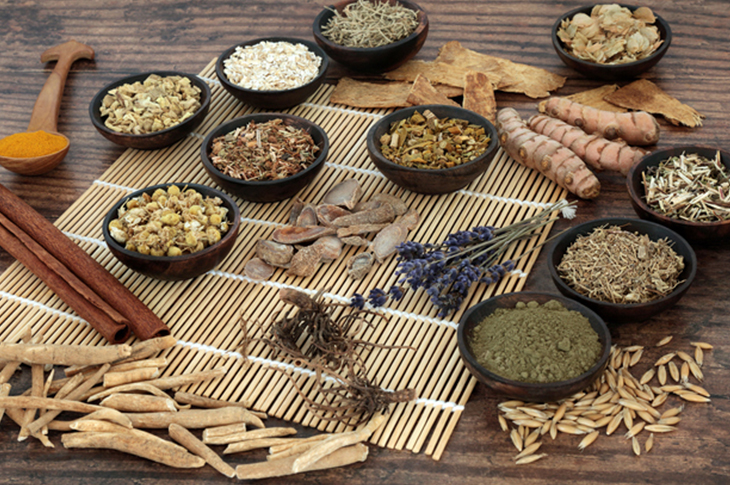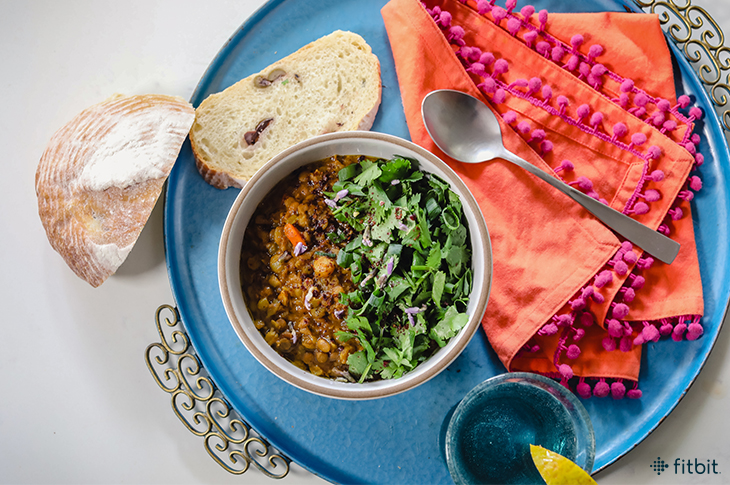Sleep is a beautiful thing. From the moment your eyes roll back at night to the very second you wake up in the morning, your brain goes through different stages of sleep that are pivotal to your health. While each stage of sleep is essential, the king is REM sleep. REM stands for rapid eye movement; as the name states, your eyes move rapidly, back and forth under your lids.
What is REM sleep, and why is it important?
In REM sleep, your brain actively consolidates memory, improves cognitive performance, and plays out your wildest, most vivid dreams. Your blood pressure and breathing increase, but your muscles become relaxed, almost in a paralyzed state, to protect you from acting your dreams out. “REM sleep helps to regulate emotions and process emotional memories,” says Dr. Angela Holliday-Bell, physician, certified sleep specialist, and sleep coach at The Solution is Sleep. “During REM sleep, the amygdala, which is the emotional control center, communicates with the hippocampus to modulate and regulate emotional stimuli during the day.” Overall, REM is significant for healthy mental function and maintaining the stability of your emotions.
How does REM sleep help you process your emotions?
A recent study was done at the University of Bern and the University Hospital Bern in Switzerland to investigate how the process works. The researchers tested mice’s brains during REM, non-REM sleep, and wakefulness. The aim was to understand why the front of the brain, the cerebral cortex, condensed emotions when awake and not during REM sleep. And one thing to note about REM sleep is it’s a very active state, so this was puzzling.
What the researchers found cracked the code. They discovered the dendrites acted as little gatekeepers as they prevented negative emotions from being stored during REM sleep. As you may already know, negative emotions are directly linked to emotional distress in the brain and body. Let’s briefly examine dendrites and why they are crucial during REM sleep.
Why are dendrites necessary for emotional processing during REM sleep?
You are constantly interchanging emotions throughout the day as external and internal stimuli trigger their release. Neurons, a part of your nervous system, receive the information and send it to the brain for processing. Each neuron has three parts—dendrite, cell body, and axon.
The dendrite receives information and carries it to the cell body, while the axon carries it away. But according to the research, during REM sleep, the dendrites receive and store the emotional messages but don’t send them to the axons for further communication.
This is believed to be a safety tactic, as the dendrites blocked any harmful messages from being sent out. The findings from this study gave a deeper insight and understanding of REM sleep and how it connects to emotional health.
How are your emotions affected if you don’t get enough REM sleep?
If you’re not getting enough snooze time, it can wreak havoc on your emotional health. “Insufficient REM sleep increases sensitivity to stressful stimuli or events,” says Dr. Holliday-Bell. You are more likely to be irritable, anxious, and emotionally unstable—not to mention having difficulty concentrating and remembering things. It’s no fun feeling groggy throughout the day due to poor-quality sleep.
According to The National Sleep Foundation, sleep deprivation can weaken your immune system and lessen your ability to create new healthy cells. It’s worth mentioning that less than six hours of sleep each night increases your risk for chronic illnesses such as diabetes, cardiovascular disease, and other sleep disorders.
Suppose your thoughts and emotions are keeping you wide awake. In that case, you can try journaling before bed or even listening to a guided meditation which can help you filter and release your emotional burden. Find other tips on getting better Zzz’s here.
How is REM sleep beneficial to your emotions?
“Getting sufficient REM sleep helps us better process and control our emotions during the day,” says Dr. Holliday-Bell. A sweet spot between 6 to 9 hours of sleep each night will do wonders for the mind and body.
Some key benefits are fewer mood swings, improved cognitive function, and better memory retention. So, if you’re having a tough day and your anxiety is through the roof, getting enough REM sleep can help your brain filter and consolidate your emotional memories separating those that are harmful from the ones that aren’t. This is why you wake up more energized and renewed after a good night’s rest, as your body and mind restore themselves.
How to get better quality REM sleep at night
“There is no way to target an increase in REM sleep specifically,” says Dr. Holliday-Bell. “However, increasing total sleep quality and quantity can help to improve REM sleep.” Identifying sleep inhibitors within your environment and removing them before bedtime also plays a key role. So keep screens that give off blue light from the bedroom during sleep or turn them off. “Alcohol and caffeine can lead to some REM suppression,” she adds, so it’s best to avoid them before bedtime.
Here are some additional tips Dr. Holliday-Bell recommends that will help you spend enough time in REM sleep:
Keeping a consistent sleep schedule helps reinforce the circadian rhythm. Going to bed around the same time each night will create a healthy, consistent pattern that helps your body wind down. This type of routine can make falling and staying asleep a breeze.
Getting natural sunlight during the day. Sunlight helps to regulate the serotonin and melatonin cycle. Melatonin, released at night, enables you to fall and stay asleep longer, thus improving the amount of time spent in REM sleep.
Getting 30 to 60 minutes of exercise daily. Exercise helps balance your emotions and relieves mental stress, contributing to healthy sleep. Whether it’s going for a jog or climbing the stairs, ensure you’re getting movement into your day.
The post Why REM Sleep is Critical to Your Emotional Health appeared first on Fitbit Blog.


